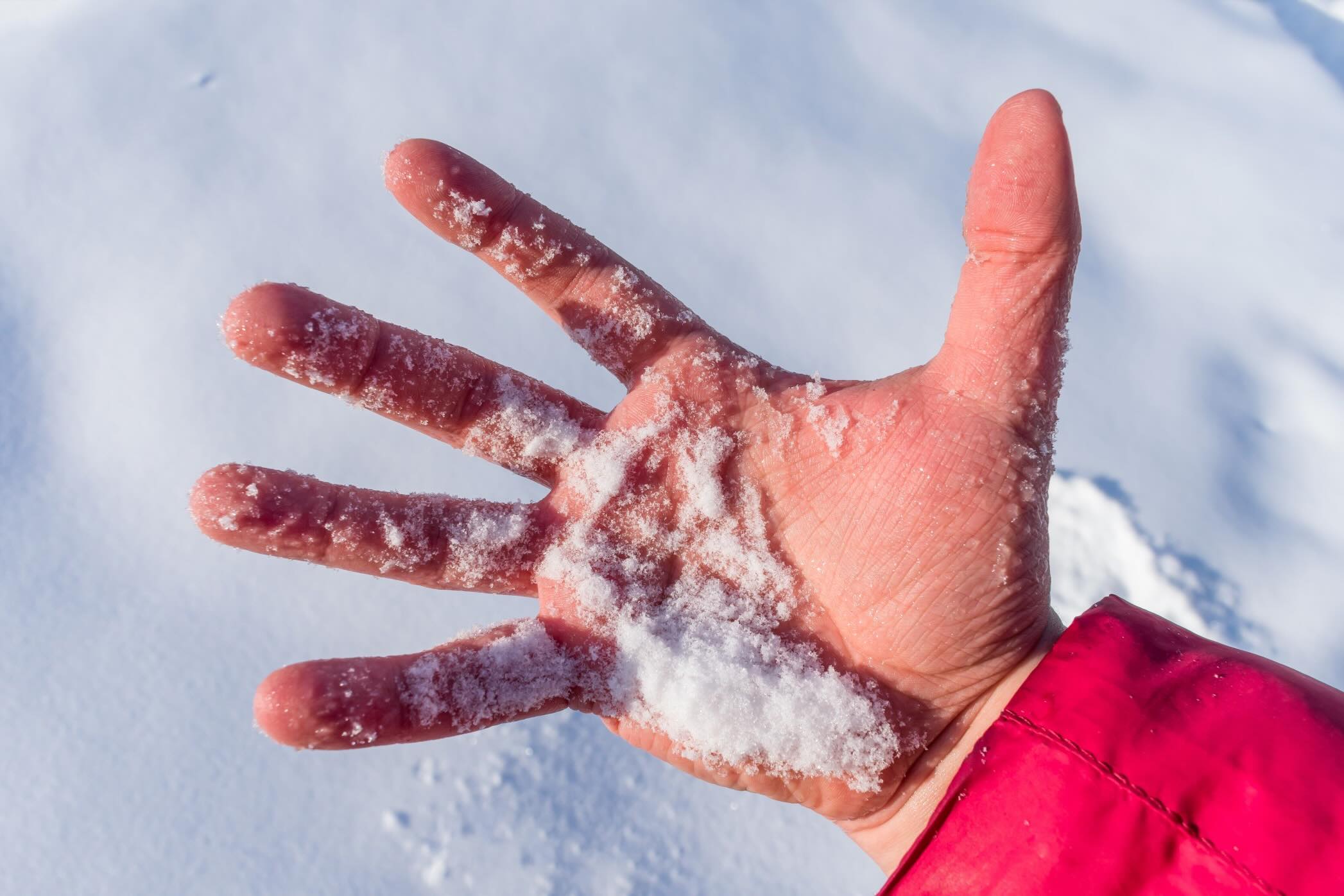
Hypothermia is a serious condition that occurs when your body loses heat faster than it can produce it, causing a dangerously low body temperature. Did you know that hypothermia can set in even at temperatures above freezing? It's not just a winter problem. Understanding the signs and symptoms can be life-saving. Shivering, confusion, and slurred speech are just a few indicators. Immediate action is crucial to prevent severe complications or even death. Whether you're an outdoor enthusiast, a parent, or someone who just wants to stay safe, knowing these 31 facts about hypothermia can help you protect yourself and others. Let's dive into the essential information you need to stay warm and safe.
Key Takeaways:
- Hypothermia can occur in any season, not just winter. Wet clothing or cold water can lead to hypothermia faster than cold air alone. Children and the elderly are more vulnerable.
- Recognizing symptoms of hypothermia is crucial. Shivering, slurred speech, and weak pulse are signs to watch out for. Immediate treatment is essential to prevent severe complications.
What is Hypothermia?
Hypothermia occurs when body temperature drops below the normal range. This condition can be life-threatening if not treated promptly. Here are some intriguing facts about hypothermia.
-
Hypothermia is defined as a core body temperature below 95°F (35°C). Normal body temperature is around 98.6°F (37°C).
-
It can happen in any season. While often associated with winter, hypothermia can occur in cool, wet conditions during other seasons.
-
Water accelerates heat loss. Wet clothing or immersion in cold water can lead to hypothermia much faster than cold air alone.
-
Children and elderly are more vulnerable. Their bodies lose heat more quickly, making them more susceptible to hypothermia.
-
Alcohol increases risk. Drinking alcohol can make you feel warm, but it actually causes your body to lose heat faster.
Symptoms of Hypothermia
Recognizing the symptoms of hypothermia is crucial for timely intervention. Here are some signs to watch out for.
-
Shivering is an early sign. It’s the body's way of generating heat through muscle activity.
-
Slurred speech and mumbling. As body temperature drops, brain function is impaired, affecting speech.
-
Slow, shallow breathing. Hypothermia slows down the respiratory system.
-
Weak pulse. The heart rate decreases as the body cools.
-
Clumsiness or lack of coordination. Cold affects muscle function, making movements sluggish.
Causes of Hypothermia
Understanding what causes hypothermia can help in preventing it. Here are some common causes.
-
Prolonged exposure to cold weather. Spending too much time outside in cold conditions can lead to hypothermia.
-
Falling into cold water. Even a brief immersion in cold water can cause rapid heat loss.
-
Inadequate clothing. Not dressing warmly enough in cold weather increases the risk.
-
Exhaustion. Tired bodies generate less heat, making them more susceptible to cold.
-
Certain medical conditions. Conditions like diabetes and hypothyroidism can affect body temperature regulation.
Prevention of Hypothermia
Preventing hypothermia involves taking steps to stay warm and dry. Here are some preventive measures.
-
Dress in layers. Wearing multiple layers of clothing helps trap heat.
-
Stay dry. Wet clothing accelerates heat loss, so keep dry to stay warm.
-
Eat high-energy foods. Foods rich in carbohydrates and fats provide energy to generate body heat.
-
Stay active. Physical activity generates heat and helps maintain body temperature.
-
Avoid alcohol. Alcohol can impair judgment and increase heat loss.
Treatment of Hypothermia
Immediate treatment is essential to prevent severe complications. Here are some steps to take if someone is hypothermic.
-
Move to a warm place. Get the person out of the cold environment.
-
Remove wet clothing. Wet clothes draw heat away from the body.
-
Warm the core first. Use blankets, warm water bottles, or body heat to warm the chest, neck, and groin.
-
Provide warm beverages. Warm, non-alcoholic drinks can help raise body temperature.
-
Seek medical attention. Severe hypothermia requires professional medical treatment.
Interesting Facts about Hypothermia
Here are some lesser-known facts about hypothermia that might surprise you.
-
Hypothermia can occur indoors. Poorly heated homes or buildings can also be a risk.
-
Cold-induced diuresis. Cold exposure can increase urine production, leading to dehydration.
-
Paradoxical undressing. In severe hypothermia, people may feel hot and start removing their clothes.
-
Afterdrop phenomenon. Warming the extremities first can cause cold blood to rush to the heart, worsening the condition.
-
Hibernation-like state. In extreme cases, hypothermia can slow metabolism to a near-hibernation state, sometimes aiding survival.
-
Hypothermia in animals. Pets and wildlife can also suffer from hypothermia, requiring similar preventive measures.
Staying Safe in Cold Weather
Hypothermia is no joke. Knowing the signs and symptoms can save lives. Shivering, slurred speech, and confusion are red flags. If you or someone else shows these signs, get warm immediately. Layering clothes, staying dry, and avoiding wind exposure are key. Alcohol might make you feel warm, but it actually lowers your body temperature. Elderly people, children, and those with certain medical conditions are at higher risk. Always keep an eye on them. Emergency blankets and hand warmers are handy tools. Remember, prevention is better than cure. Stay informed, stay prepared, and stay safe.
Frequently Asked Questions
Was this page helpful?
Our commitment to delivering trustworthy and engaging content is at the heart of what we do. Each fact on our site is contributed by real users like you, bringing a wealth of diverse insights and information. To ensure the highest standards of accuracy and reliability, our dedicated editors meticulously review each submission. This process guarantees that the facts we share are not only fascinating but also credible. Trust in our commitment to quality and authenticity as you explore and learn with us.
